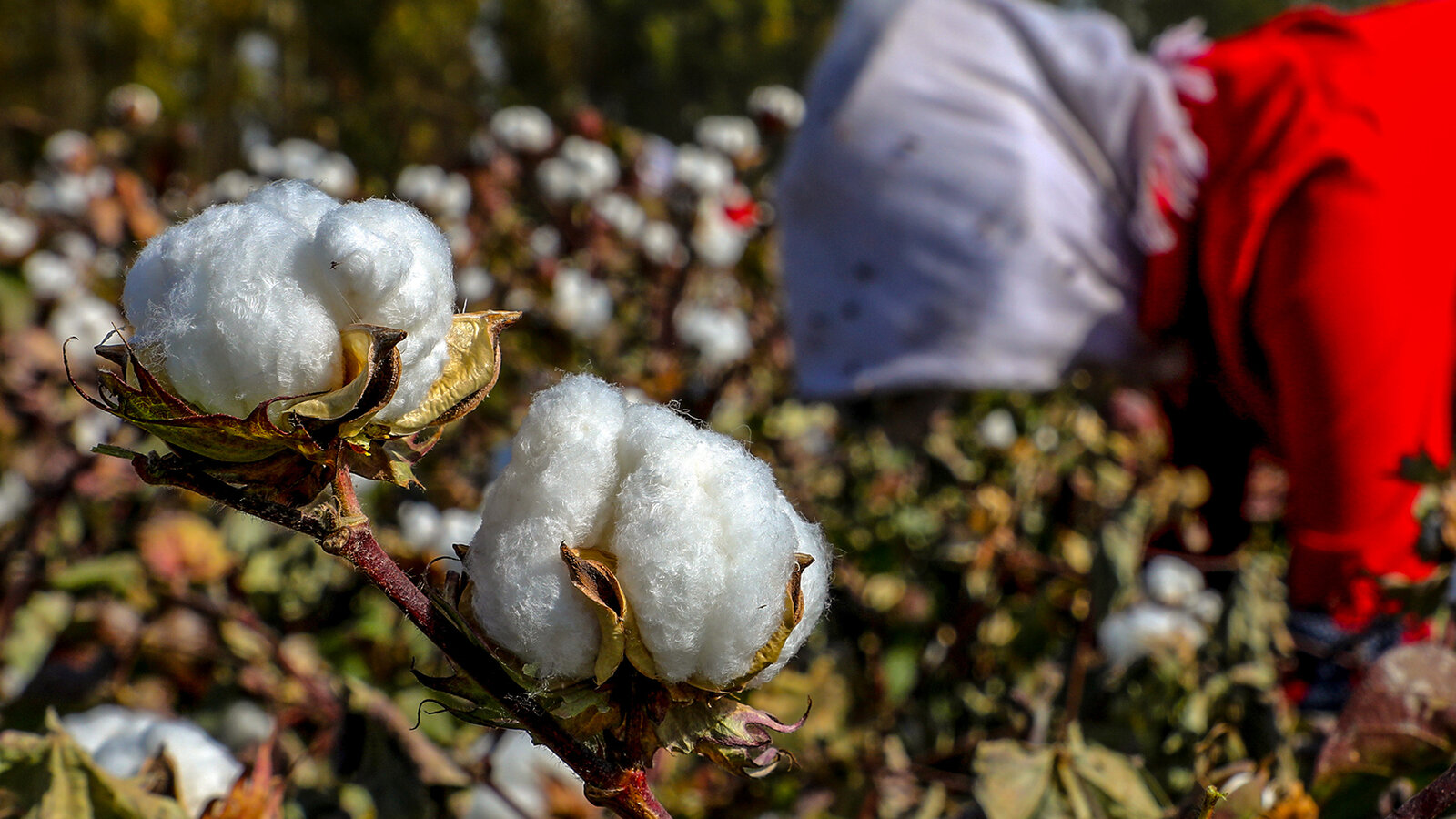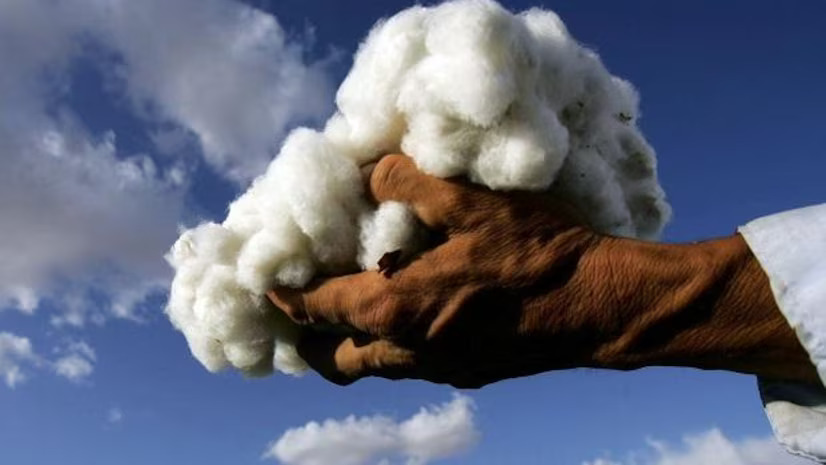
Uncategorised (26)
Faced with the problems of rising labor and raw material costs, Chinese textile companies are adopting various strategies to move production away from China. Africa is a favored location. Another way out for them is to continue producing in China but go into premium value added products.
Investments from China are welcome in African countries. Morocco, for one, is scouting for Chinese capital and technology. Chinese garment producers can look to gain better access to European, African and other markets if they set up factories in Morocco. They can take advantage of the country's strategic position at the crossroads of the main trade routes linking Africa and Europe, as well as its free trade agreements with the United States, the EU, Turkey, Jordan, Tunisia and West Africa.
Some companies have opted to stay back in China. Over the years, China has transformed from manufacturing cheap garments to a major supplier for international brands, so being in the country also means being close to the most dynamic market. The fast changing consumer tastes in China means brands can keep innovating by creating new designs and new functions
The momentum of China's textile industry has slowed down significantly since 2011. From 2000 to 2010, the average growth was 18.8 per cent and has dropped to 12 per cent since then. Moreover, the price of high quality cotton in China is about 30 per cent more than the international level, which resulted in fiber processing dropping by 26 per cent last year.
Textile exports from Pakistan surged by 13.02 per cent in November 2014 as compared to the corresponding period of last year. Cotton yarn witnessed positive growth of 31.49 per cent in November 2014 over the same month of last year. The country’s knitwear exports saw a positive growth of 16.53 per cent and that of bed wear was up 8.96 per cent. Made-up articles surged 15.08 per cent and towel exports were up 9.05 per cent.
Exports of tents, canvas and tarpaulin from the country were up 98.75 per cent. A growth of 19.19 per cent was recorded in the exports of readymade garments. Other textile material witnessed a 11.62 per cent growth. A growth of 1.77 per cent in exports of cotton cloth was recorded. A growth of 683.41 per cent was recorded in the export of yarn other than cotton yarn.
However, exports of raw cotton yarn, cotton carded or combed and art, silk and synthetic textiles fell by 22.86 per cent, 86.84 per cent and 11.19 per cent.
Cambodia has been plagued by the problem of child for years. A new agreement between the International Labor Organization’s Better Factories Cambodia (BFC) and the Garment Manufacturers Association in Cambodia (GMAC) is the latest effort to eradicate child labor in Cambodia’s garment industry.
Under the plan, workers under the age of 15 will be identified, offered access to suitable vocational training institutes and paid the equivalent of their average monthly factory pay until they reach 15. Factories will get financial support from GMAC to support age confirmation and remediation costs. The Cambodian government has reaffirmed its commitment to end child labor across all sectors from 16.5 per cent in 1999 to 8 per cent in 2015, and eliminate the worst forms of child labor, like performing hazardous work, completely by 2016.
GMAC has been working with BFC on a project to monitor factories and help them maintain improvements for the last 14 years to establish a zero tolerance policy toward child labor.
ILO Better Factories Cambodia uses a number of means to detect workers below 15 years of age. It crosschecks information obtained from documents and interviews suspected workers prior to determining whether or not they are underage. If they are confirmed to be at least 18 years old, no further investigations are undertaken. If age-verifying documents appear unreliable, or do not match the information obtained through the worker interview, monitors may undertake an in-depth investigation at the suspected underage worker’s birthplace.
Migrant workers in Thailand’s apparel sector are supposed to earn a minimum wage, but a new study on the working conditions of migrants from Myanmar revealed that the workers are making roughly half of what they are owed. Workers are denied the right to collective bargaining and social security, and are also denied the legal minimum wage.
Overtime is also a common requirement. On an average, work days last nearly 11 hours, reaching as long as 12 to 16 hours during peak period or when deadlines must be met. Thailand’s major garment production sector is in an area bordering Myanmar. A significant portion of the factories there are sub-contracting for factories in central Thailand and workers don’t know which brands they are producing for.
By focusing production in border towns, the garment industry aims to reduce production costs by hiring migrant workers, who are seen as desperate and therefore easily exploited, at below the minimum wage. A campaign has been launched to ask brands to stop being complicit in this systematic wage theft and ensure that all workers in their supply chain, including migrants, are paid living wages. Migrant workers make up an estimated 10 per cent of the Thai workforce.
Tanzania has embarked on a plan to enhance its cotton productivity. While production was 3,50,000 tons in 2011-12, it went down to 246 tons in 2012-13, slumping further to 201 tons the following year. Lack of a reliable input supply system and frequent changes in world market prices are affecting performance in yield per hectare.
There has been an increase in cotton farming and ginning capacity with the number of ginneries increasing from 36 in 1993 to 56 ginneries now. The number of cotton buyers has also increased to about 35 companies. The problem of poor seed germination can be dealt with through contract farming where farmers' business groups will be centers of cotton sales and custodians of their own products. In contract farming, the system of using cotton agents' ginners would be abolished. Such a model of cotton production will not only assure farmers of better seeds for planting but will also ensure quality yields and high income since cheating through weighing scales will no longer be there Tanzanian cotton, is 100 per cent rain fed and is produced by small scale farmers owning farmland of between two to 10 hectares. An average 4,00,000 hectares is grown each season at an average 300 kg per hectare yield.
The natural silk industry in Cambodia is on the verge of extinction. The widespread use of pesticides has damaged the health of silkworms. Thus producers have had to rely on imported synthetic fibers to meet demand. Global demand for silk in recent years has remained between 300 and 400 tons but the production of natural silk in Cambodia has continued to fall, and now it’s only one ton a year. The problem lies in the extensive use of chemicals on farms. Villages use chemicals on their rice crops, and in agriculture, which badly affect the silkworms. Silkworms living in polluted environments produce poor quality and smaller amounts of silk. An unhealthy silkworm produces up to 100 meters of threads in its lifetime. A healthy silkworm can produce nearly five times that. The Cambodian hand-woven silk industry is characterized by strong skills base and a long traditional heritage. Weaving and wearing silk is a cultural and social tradition in Cambodia. Silk is a prestigious fabric and very popular among Cambodians. The country is known for its silk handicrafts. Silk is a significant item in the country’s export basket and is an important source of employment for women and households in rural areas.
News and indices of worldwide cotton marketing and prices. Put simply, stay ahead of the game by being well informed about your developments affecting your competitors and customers, and gain insight into independent views on cotton market developments.
Research, development and innovation to benefit wool producers. This is a specialised section of the wool industry with limited supply and very specific requirements in terms of processing performance.
FashionatingWorld engages professionally itself in all value adding customized services that could help companies, brands, retailers, buyers & sellers and trade bodies around the world to leap frog growth. With our expanding panel of experts with decades of experience, in their respective expertise area, scaling up business seems to be an exciting activity.
Our services include:
- Partnership & Licensing
- Joint Ventures
- Acquisitions & Mergers
- Funding & Private Equities
- Networking
- Matchmaking
- Franchising
- Sourcing
- Consultancy
- Promotions, Data enabled promotions
- Branding, Marketing & Sales
- Launch in a new country
Reach out in full confidentiality
This email address is being protected from spambots. You need JavaScript enabled to view it.
FashionatingWorld is looking for Win-Win partnerships across countries with B2B communication and sourcing companies, experts and trade bodies for promoting global trade of fashion retail, apparel and textiles.
Queries
This email address is being protected from spambots. You need JavaScript enabled to view it.
Partner with us at
This email address is being protected from spambots. You need JavaScript enabled to view it.
News, Press Releases & Information
This email address is being protected from spambots. You need JavaScript enabled to view it.
- 1
- 2
- 3
- 4
- 5
- 6
- 7
- 8
- 9
- 10
VIATT 2025 set to boost Vietnam's textile industry growth
Vietnam's textile and garment sector is poised for continued growth in 2025, with exports expected to reach $44 billion, marking... Read more
India emerging a major apparel sourcing hub for US fashion companies
A new study by Prof Sheng Lu and research assistant Gabriella Giolli of the University of Delaware has shed light... Read more
Bangladesh's apparel exports threatened by Vietnam's rise and looming LDC gradua…
A recent study by RAPID and the Friedrich-Ebert Stiftung paints a worrying picture for Bangladesh's ready-made garment (RMG) industry. The... Read more
Cotton Makes a Comeback: Comfort, sustainability drive fiber's popularity
Move over synthetics, cotton is back and here to stay. The latest Cotton Incorporated Lifestyle Monitor Survey reveals a significant... Read more
Source Fashion 2025 spotlights Egyptian Pavilion for sustainable sourcing
Source Fashion, Europe’s leading responsible sourcing event, will feature an exclusive Egyptian Pavilion at its next show from 18th-20th February... Read more
Chinese textile industry navigated shifting tides in 2024, says CCF Group analys…
The Chinese textile industry, a behemoth in the global market, has weathered a dynamic year in 2024. Recent reports and... Read more
India emerges UK retailers' New Sourcing Hotspot’: Study
A recent report, ‘The State of Sourcing Report: Sourcing and Sustainability in 2025’, reveals a significant shift in the global... Read more
Xinjiang cotton still haunts global supply chains, a complex balancing act for b…
The fashion industry continues to grapple with the complexities of sourcing cotton from Xinjiang, China, amidst allegations of forced labor.... Read more
Bangladesh-India cotton trade turning to be a thorny partnership
The 2024 Cotton Day event in Dhaka was marked by a strong statement from Showkat Aziz Russell, President of the... Read more
The US fashion industry braces for impact as tariffs on Chinese imports loom
The fashion, apparel, and textiles sector is facing a potential upheaval as the US government announces a new 10 percent... Read more












